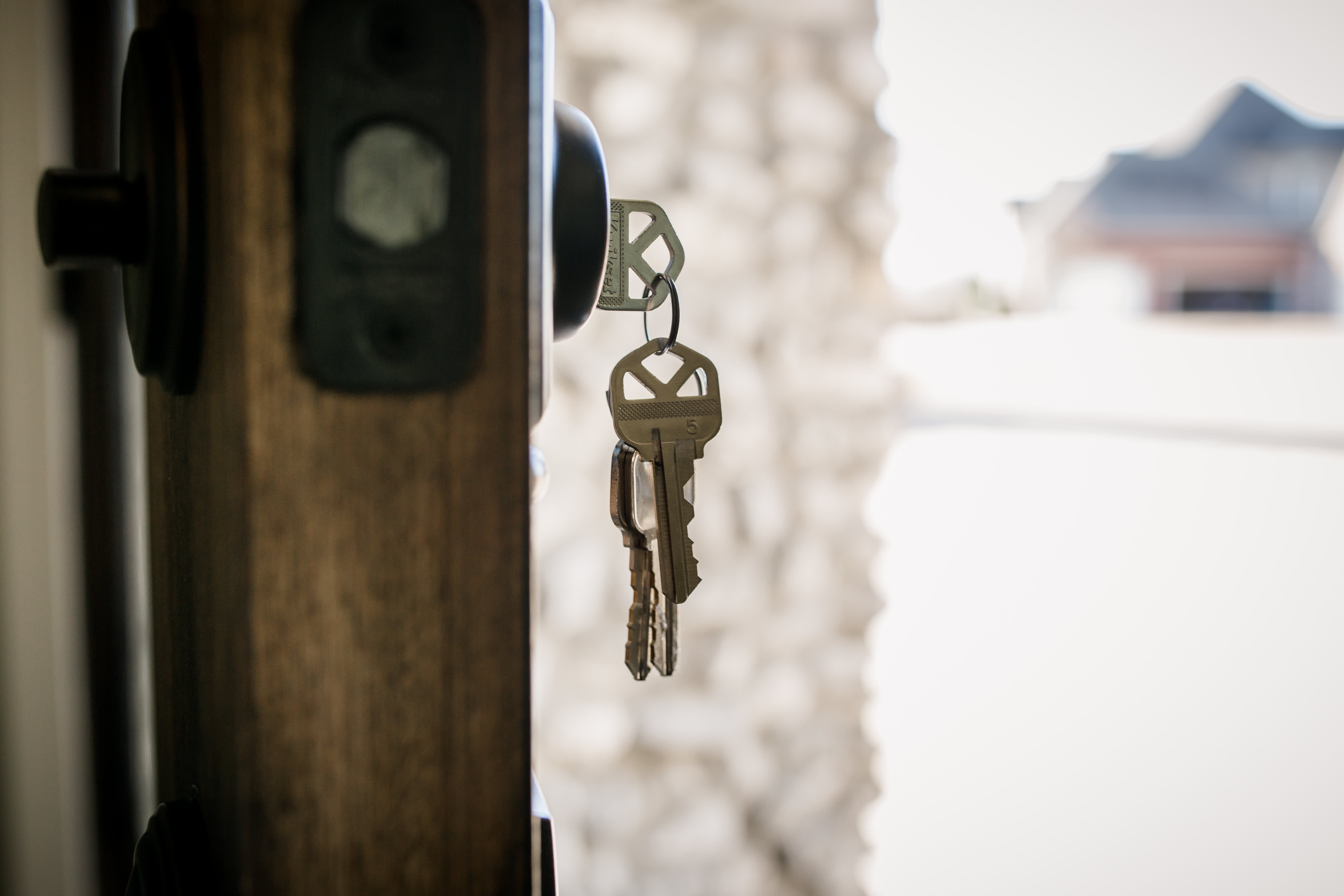Even in the current low interest rate environment, mortgage payments are becoming increasingly unaffordable for the median American family, according to a report from the Federal Reserve Bank of Atlanta.
A median-income household would need to spend 32.6% of its yearly income on a median-priced home, the Atlanta Fed reported. And the median existing home price reached a record level in June 2021: The three-month average rose above $340,000, a 23.8% increase from June 2020.
That signals a big affordability issue: Families paying more than 30% percent of their monthly income for housing are considered “cost burdened,” according to the Department of Housing and Urban Development. They may have trouble being able to pay for adequate food, medical care and other necessities because so much of their income is going toward housing.
The Atlanta Fed reports that low mortgage interest rates throughout the coronavirus pandemic were a “catalyst” for increased housing demand. And though prices grew due to demand, the low interest rates, coupled with modest income growth, kept monthly mortgage payments affordable for many buyers in 2020, according to the Atlanta Fed.
But that dynamic has shifted throughout 2021. Though the 30-year fixed mortgage rate stood at a near historic record low of 2.87% in August, according to the Atlanta Fed, that is no longer offsetting the increased prices. Buyers have hit an affordability wall.
The issue is particularly acute for first-time homebuyers, who typically have less capital than other buyers. In a separate report, Zillow found that it now takes them a year longer to save for a 20% down payment than it did just five years ago.
Mortgage unaffordability is just one slice of America’s housing crisis: Rent is also becoming less and less affordable for many families across the country.
Markets all over the country are less affordable
The rise of remote work since the start of the pandemic gave those with higher incomes the flexibility to move just about anywhere. That’s led to markets all over the country experiencing an influx of wealthier buyers, and higher housing prices as a result.
Cities on the coasts routinely top lists of the least affordable places to live in the U.S., and that hasn’t changed. The Fed’s report notes that eight of the country’s 10 least affordable markets in June 2021 were in California, with the Seattle and New York City metro areas taking the other two spots.
But the pandemic also started pricing people out of typically more affordable places. The greatest declines in affordability year-over-year occurred in metro areas including Boise City, Idaho; Phoenix-Mesa-Scottsdale, Arizona; and Austin-Round Rock, Texas.
Median home prices in those three markets increased more than 25% (meanwhile home prices in San Francisco, for example, rose by 7% during the same time). Those areas still aren’t as expensive as New York City or Los Angeles in absolute terms, but locals are being increasingly priced out of their hometowns.
“In most cases, markets with the sharpest decline in affordability had an influx of homebuyers moving from higher-cost markets over the past year,” the Atlanta Fed reports.
Sign up now: Get smarter about your money and career with our weekly newsletter
Don’t miss:
